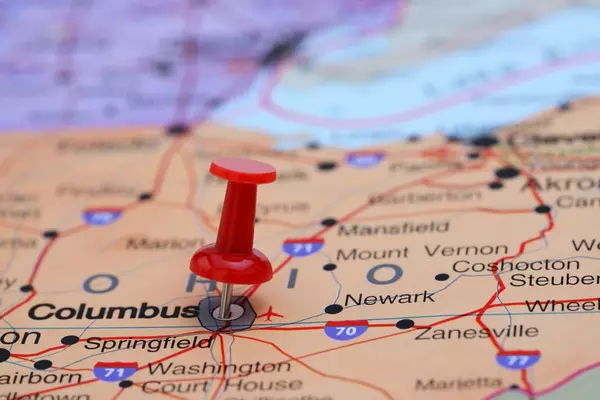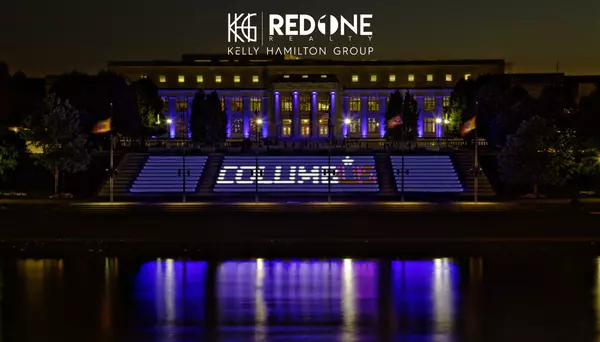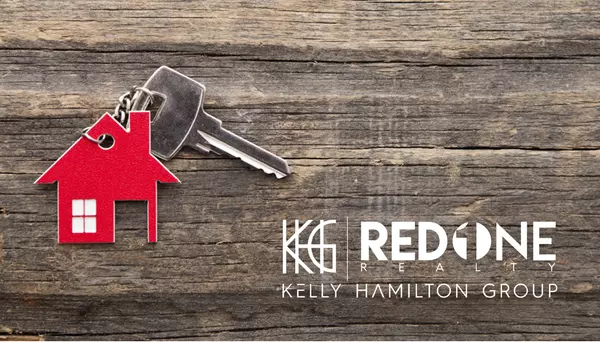The Future of Urban Living: Exploring Trends in High-Tech Sustainable Real Estate
Urban living has always been synonymous with innovation and change, constantly evolving to meet the needs of its residents. As we move into the future, several trends will shape how we live in cities. In this blog, we will explore two significant aspects of urban living: lifestyle, and neighborhood, focusing on the impact of technology and sustainability.

One of the most significant transformations in urban living is the emergence of smart cities. With the advent of the Internet of Things (IoT) and artificial intelligence (AI), cities are becoming more connected and intelligent than ever. IoT sensors are embedded in various aspects of urban infrastructure, providing real-time data on traffic patterns, energy consumption, waste management, and more. AI algorithms then analyze this data to optimize city operations and enhance the quality of life for residents. From smart traffic lights that reduce congestion to automated waste collection systems, smart cities are revolutionizing urban living in unprecedented ways.

Another critical aspect of the future of urban living is the rise of green building innovations. As cities become more crowded and resources become scarcer, sustainability has become crucial in urban development. Green buildings are designed to minimize environmental impact by incorporating energy-efficient technologies, using renewable materials, and implementing waste management systems. From vertical gardens that improve air quality to solar panels that generate clean energy, green buildings are transforming the very fabric of our cities. These innovations not only help reduce the carbon footprint of urban areas but also create healthier and more livable spaces for residents.
Regarding lifestyle, the future of urban living promises convenience and efficiency. With the rise of smart homes and interconnected devices, residents can control various aspects of their living spaces with a few taps on their smartphones. Technology is making our lives easier and more comfortable, from adjusting temperature and lighting to managing home security systems. Additionally, cities invest in developing mobility solutions such as ride-sharing services and electric vehicle infrastructure, reducing the reliance on private cars and promoting sustainable transportation options.
In conclusion, the future of urban living is shaped by several trends prioritizing technology and sustainability. The smart city revolution, driven by IoT and AI, is transforming urban landscapes and enhancing the quality of life for residents. Green building innovations are ensuring that cities are environmentally friendly and energy-efficient. As urban living continues to evolve, embracing these trends will pave the way for a more livable, sustainable, and connected future.

Recent Posts










